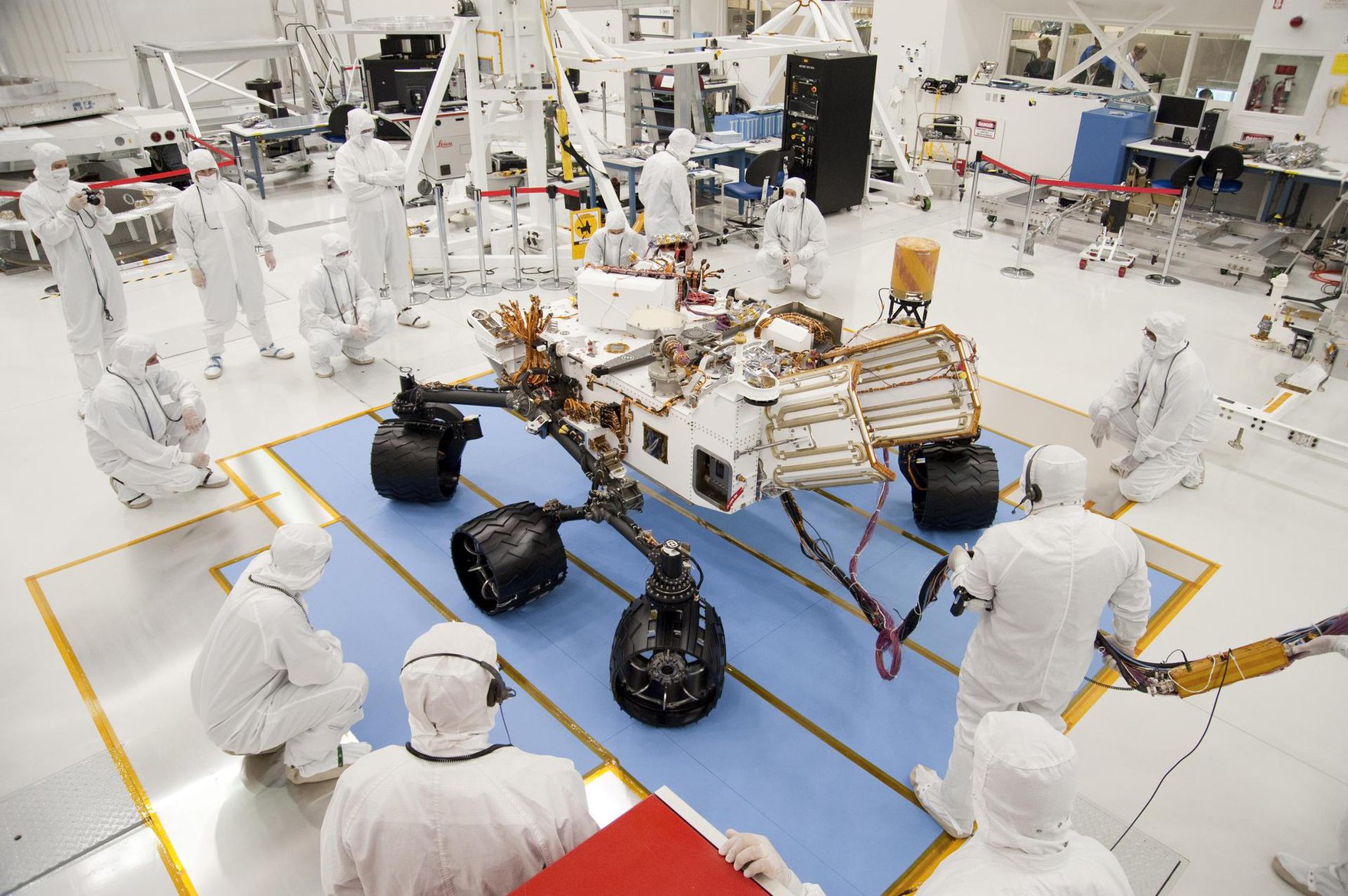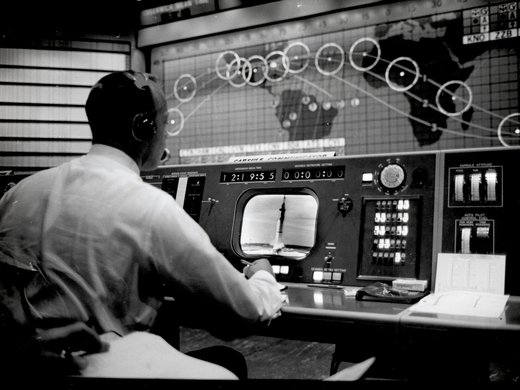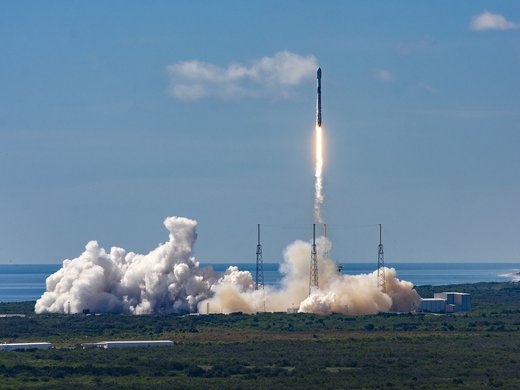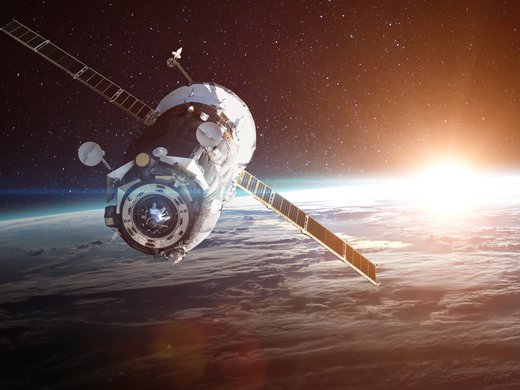The world is on the cusp of the second space age. An increasing number of national space agencies, public and private space innovation start-ups, and space contractors are entering the global space exploration industry. A new-found ability to blend cyber-physical technologies with space technology systems is giving rise to more technically potent and commercially viable robotic space exploration and human spaceflight. In the foreseeable future, members of the space 2.0 ecosystem (made up of agencies, start-ups and companies) will frequently visit planets and their satellites using robotic probes and send humans to Mars. With an increasing human and robotic footprint in the solar system, there is a need to develop intensive regulatory mechanisms to prevent the “forward” and “backward” biochemical contamination of these unexplored celestial bodies.
Forward contamination describes a situation in which earthly biological matter is deliberately or inadvertently carried to other planets due to lapses in spacecraft sterilization, thereby contaminating the planets with Earthly life. Likely, the inhospitable environs of these planets may not allow Earthly life to proliferate. Still, it could undoubtedly compromise the search for life or biological signatures native to that planet or satellite. Backward contamination — accidentally bringing matter from space or other planets to Earth — could be just as dangerous. The terrestrial biological matter that has travelled on the spacecraft in outer space or extraterrestrial surfaces could be returned to the Earth and inadvertently released from the space quarantine facilities. In the absence of stringent planetary protection policies and forward contamination protocols, a vast field of knowledge about extraterrestrial life and prospects of habitability of earthly life elsewhere is at stake. Lapses in backward contamination protocols can tremendously jeopardize the global economy, much like lapses in pandemic management policies can impact the global economy.
Backward contamination — accidentally bringing matter from space or other planets to Earth — could be just as dangerous.
The international agreements about interplanetary contamination and the sterilization of spacecraft, its payloads and other components precede the 1957 “Sputnik Moment.” In 1956, at the seventh International Astronautical Federation Congress in Rome, an attempt was made to co-ordinate international attempts to prohibit interplanetary contamination. From its inception in 1959, the United Nations’ Committee on the Peaceful Uses of Outer Space (COPUOS) has seen interplanetary contamination as a significant challenge. In the 1950s and 1960s, only the United States and the Soviet Union had substantial capabilities to launch interplanetary spacecraft, and their recommendations mattered. In 1958, at the behest of the US National Academy of Sciences, the International Council of Scientific Unions (ICSU) instituted an ad hoc Committee on Contamination by Extraterrestrial Exploration (CETEX). In 1958, the ICSU accepted CETEX’s findings on modes through which humans could inadvertently contaminate the Moon, Venus and Mars. To assist in establishing and up keeping the code of conducts for space mission teams to prevent the same, the ICSU established the Committee on Space Research (COSPAR) in 1958. Since then, the COSPAR has become the leading international space science and policy body. In its initial years, the COSPAR set up essential technical panels that focused on Standards for Space Probe Sterilization; these panels became the Panel on Planetary Quarantine and subsequently, the Panel on Planetary Protection. Today, that panel promotes the international Policy on Planetary Protection, which is a “living” international accord. It upholds article IX of the 1967 Outer Space Treaty, which states that “Parties to the Treaty shall pursue studies of outer space, including the moon and other celestial bodies, and conduct exploration of them so as to avoid their harmful contamination and also adverse changes in the environment of the Earth resulting from the introduction of extraterrestrial matter and, where necessary, shall adopt appropriate measures for this purpose.”
To put it simply, the Policy on Planetary Protection aims to:
- preserve the native planetary environments for future biochemical or exobiological exploration by avoiding forward contamination (from Earth to the target planet); and
- protect Earth and its biosphere from potential non-Earthly (extraterrestrial) sources of contamination by avoiding backward contamination (from a target planet to the Earth).
The policy further categorizes space missions according to planetary protection priorities. The higher the category, the more stringent the protection and sterilization protocols.
The Chinese state-owned company China Aerospace Science and Technology Corporation aims to develop an Earth-Moon Special Economic Zone by 2050. The US Artemis Lunar Exploration Program is forming a coalition of space agencies and companies that would set up a commercial network of robotic and crewed platforms on the Moon. Europe is foraying into extraterrestrial in situ resource extraction and utilization, as is evident from the establishment of the European Space Agency’s European Space Resources Innovation Centre in Luxembourg. Overall, it is clear that by the second half of the twenty-first century, long-duration human presence on the lunar south pole and interplanetary human travel to Mars can become a demonstrated reality. These potential projects call for strengthening the Policy on Planetary Protection by widening the monitoring and vigilance mechanisms.
The COSPAR Panel on Planetary Protection is a technical body that can research and update technical standards and protocols for preventing both forward and backward contamination. The COPUOS and the United Nations Office of Outer Space Affairs (UNOOSA) can develop an international governance consensus. However, it is the top spacefaring nations that will be the rulemakers and -keepers.
With greater commercialization of space exploration activities, it is vital that leading spacefaring countries tutor their space 2.0 ecosystem to cultivate legally binding domestic planetary protection mechanisms. COSPAR can assist with the capacity building and implementation of technical standards. However, despite their geopolitical and geo-economic differences, the leading countries must develop consensual international governance mechanisms on planetary protection. These mechanisms — irrespective of their country-of-origin or their overseas reach — should force the space 2.0 ecosystem to undertake planetary protection protocols stringently. No country engaging in exploration or activities in solar system bodies that fall in the five planetary protection categories should have lax rules and regulations.
UNOOSA comprehends the importance of spacefaring nations in the development of (and respect for) space regulations. Therefore, in 2020, it proposed the creation of a Space20 multilateral meeting under the aegis of the Group of Twenty (G20) nations. The G20 is the largest economically and technically able grouping on the planet. In that regard, its constituent Space20 platform is in a strong position to introduce the COSPAR Policy on Planetary Protection to space 2.0 ecosystems maturing in their sovereign premises. A COSPAR-UNOOSA-Space20 triumvirate can be practical in executing planetary protection protocols and upkeep article IX of the Outer Space Treaty.
With the United States successfully executing the Perseverance landing on Mars and the United Arab Emirates piloting Hope, its first Martian mission, and many more missions to come, the cutting edge of planetary missions, the sample-return, is about to become a reality. A Mars sample-return will elicit the preparations required for mission category V under the Policy on Planetary Protection. The executing of such missions requires sensitizing the space 2.0 ecosystems on planetary protection challenges. Any inadvertent forward contamination could jeopardize our knowledge about the inherent habitability attributes of these planets forever, and backward contamination could potentially and fatally compromise life on Earth.




